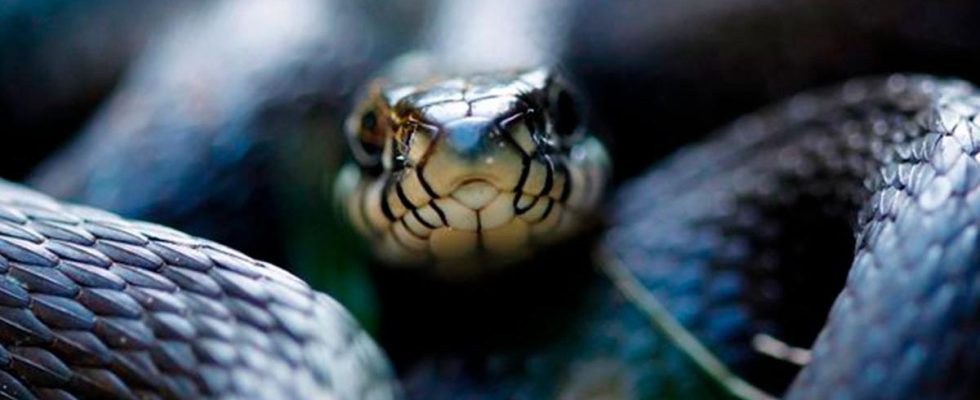Updated 07.34 | Published 07.22
unsaveSave
expand-left
fullscreen Snookers flourish during the warmer summers. Archive image. Photo: Cornelius Poppe/TT
They have become larger in both length and width – but die more often during the winter. Swedish snooks have already been affected by rising temperatures, a unique study shows.
– It is alarming, says researcher Simon Kärvemo.
That warmer winters mean that the snooks freeze to death more often may seem contradictory. But rising temperatures result in thinner snow cover, which provides less insulation for the hibernating snake.
– The cold penetrates more easily into the wintering areas. In addition, there have been greater fluctuations in temperature as a result of climate change, which means that the snakes can come up in December, for example. Then the cold hits again and they die, says Simon Kärvemo, researcher at the Department of Ecology at the Swedish University of Agriculture (SLU) in Uppsala, who participated in the study.
68 years of snake collecting
The study is based on snok data from the period 1942 to 2009 – 68 years, which is seen as a uniquely long time. Every year the superintendent Carl Edelstam at the National Museum of Natural History collected snooks which he marked, weighed and measured before they were released again.
Now researchers have gone through his 30 binders of handwritten material and are publishing the results in the scientific journal Plos One.
The males have grown an average of five centimeters longer and the females seven. Both sexes have gotten more holes. According to the researchers, the reason is that longer and warmer summers, as a result of climate change, give the snakes more time to eat.
At the same time, the heat speeds up digestion, which favors growth.
But the fact that hotter summers are bad for the snakes is overshadowed by the fact that they have had a tougher winter, say the researchers. Their comparisons with climate data show that a snowpack thinner than 15 centimeters was clearly linked to increased mortality, which was particularly high in later decades.
Notice of other animals
The study only extends up to 2009 and if the trend continued thereafter, it would look bad for the snook now, according to Simon Kärvemo, even if it is classified as viable.
The findings are also worrying because snakes and other reptiles react more quickly to temperature changes than other species. The development for them can therefore herald how a changed climate can affect other animals. Scientists are already warning of a sixth mass extinction.
– Snakes and other reptiles have also declined faster than other vertebrates, while they play an important role in ecosystems, says Kärvemo.
